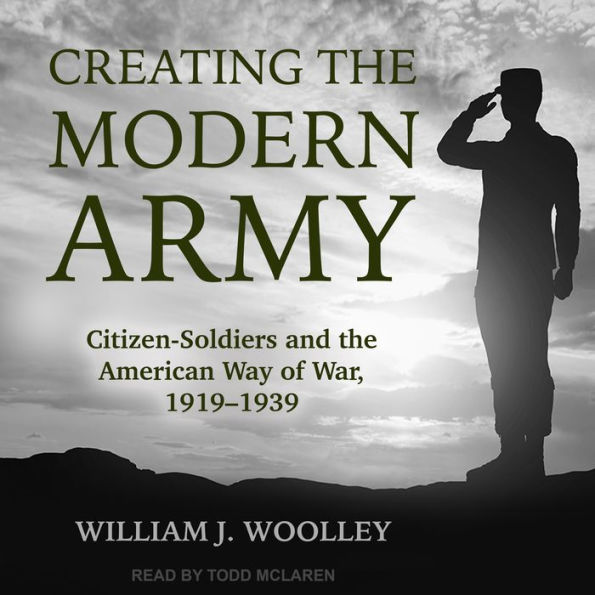"If you are looking to expand your knowledge about the US Army, then Creating the Modern Army is a must-have on your bookshelf."—Parameters
"Creating the Modern Army is essential history for the twenty-first century professional soldier."—Military Review
“William J. Woolley’s Creating the Modern Army: Citizen-Soldiers and the American Way of War, 1919–1939 is a comprehensive and encyclopedic work looking at the American Army in the years between World War I and World War II. Woolley’s wide-ranging account of the evolution of the US Army over the interwar period is well written, well sourced, and will become one of the fundamental works on the American Army during that era.”—David J. Silbey, series editor of Battlegrounds: Cornell Studies in Military History
“Creating the Modern Army: Citizen-Soldiers and the American Way of War, 1919–1939 is a substantial work of scholarship grounded in an exhaustive study of valuable primary sources. Woolley skillfully highlights some of the contradictions in the regular army’s views and policies toward the reserve components and has created a valuable contribution to the field.”—J. P. Clark, author of Preparing for War: The Emergence of the Modern U.S. Army, 1815–1917



